
ADTO News
-
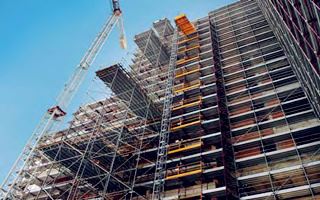
What Does Scaffolding Safety Inspections Involve?
Regular inspection and maintenance is the most important aspect of scaffolding safety. Scaffolding safety inspections are carried out during the erection of the scaffolding system. There are many factors that have an impact on the stability of the scaffolding systems: worksite conditions, weather conditions, incidents, and other hazards.
2021-07-12 -
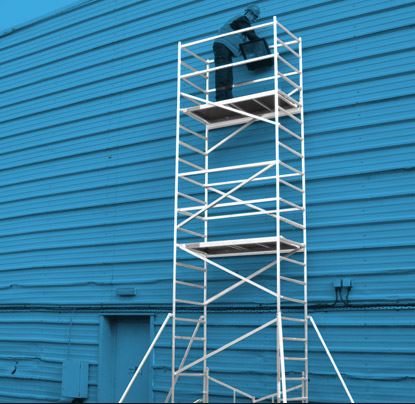
What Are the Applications and Advantages of Aluminum Scaffolding?
Scaffolding is a temporary structure that is used to support construction workers and construction materials. Scaffolds are often used as aluminum scaffold towers and building surfaces to construct or repair works. Whilst the preferred fabrication of scaffold over the years has been steel. But now, many scaffolds are manufactured with Aluminium or galvanized steel. The question that most will consider is why would one utilize Aluminium scaffold over steel, and what are its advantages?
2021-07-08 -
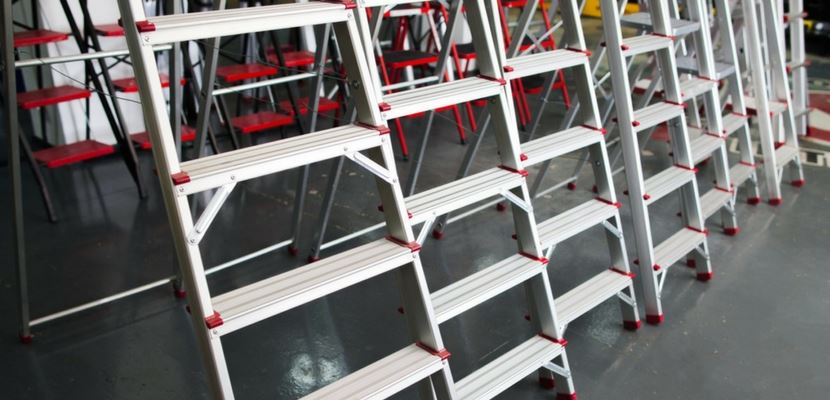
The History of the Ladder
No one really knows when the ladder was invented. However, the earliest evidence of the ladder invented is located in Valencia, Spain. The Spider Caves have a Mesolithic rock painting of a ladder that’s about 10,000 years old. This painting shows two men using a ladder to access a wild honeybee nest, most likely to get honey. The painting shows a flexible ladder that was made up of some kind of grass.
2021-06-30 -
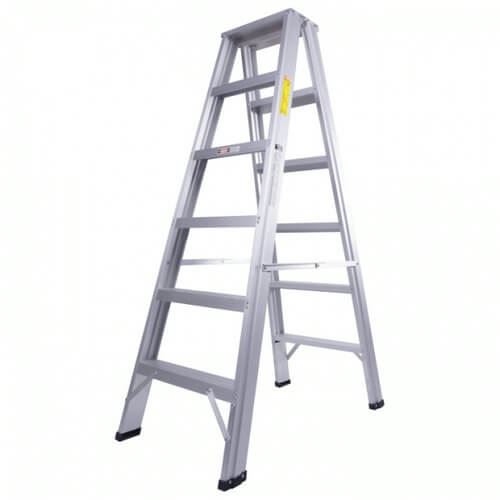
Are Aluminum Ladder Better Than Steel Ladder?
When it comes to ladders, what we discuss mostly is “Is an aluminum ladder better than a steel ladder?” Do you know which one is better? Let’s find the answers. As we can learn from the ladder regulation that metal ladders should make with corrosion-resistant material or protected against corrosion. Aluminum ladders are going to comply with the “corrosion-resistant material” requirement without any additional coating, painting, or galvanization. While steel ladders need to be painted or galvanized to comply with the ladder regulations, which results in increased production, which will adversely affect the lead time of the product.
2021-06-30 -
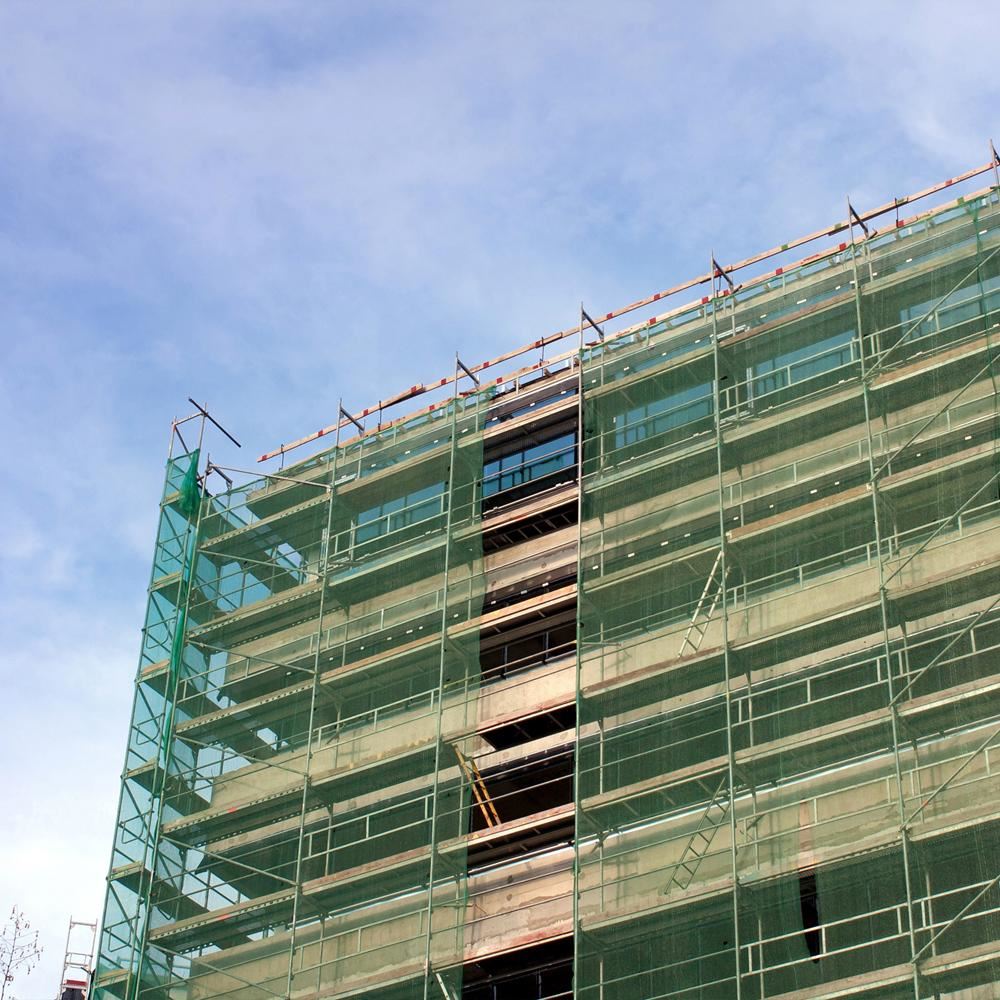
Safety Net Installation Requirements
Before installation, safety nets must be inspected for damage or defects. Please do not use safety nets that are damaged or have defects. Safety nets must have the manufacturer’s and removable test mesh labels. Do not use safety nets that do not have labels attached. Inspecting safety nets before installation. Before installing the nets, the installer should examine the safety nets on both sides for damage or defects; check the net’s labels (manufacturer’s and removable test mesh) are displayed, current and valid. If the installer finds any damage or defects, the safety net should not be used. If the damage is reparable, the net may be repaired; otherwise, it must be withdrawn from service.
2021-06-28 -
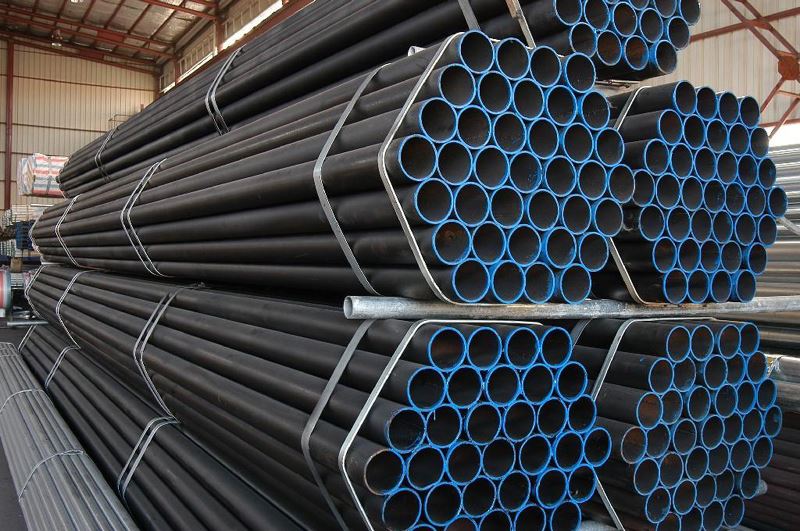
Common Defects of Seamless Steel Pipe
As a commonly used steel pipe product, seamless steel pipe has certain defects due to various reasons. The common defects are as follows.
2021-06-23 -
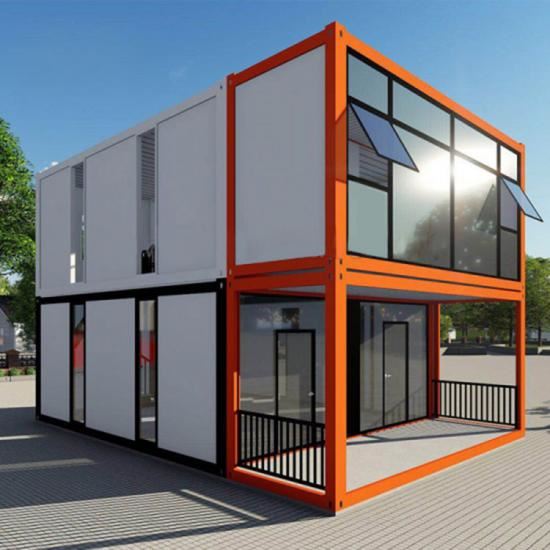
Chinese Company Erect A 10-Story Building With Only 28 Hours!
A China-based manufacturing company has constructed a 10-story steel apartment in the city of Changsha in China within a construction process of just 28 hours and 45 minutes. This company used bolt-together modular units known as the “living building” system. The system uses components that can be fitted into a standard shipping container and then be bolted together at the construction site. The wiring and ductwork are factory-fitted.
2021-06-23 -
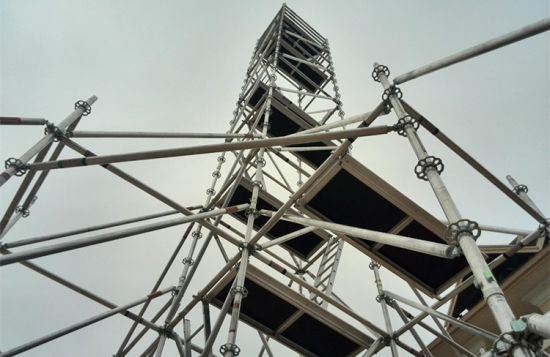
BS1139 Standard Scaffolding Materials For Sale
When it comes to the BS 1139 standard Scaffolding, there are many to talk about. As we know that BS 1139 standard is a British standard for scaffolding materials. It is certified and trusted in many European countries. And also, BS1139 is widely used in the civil and building construction industry.
2021-06-17 -
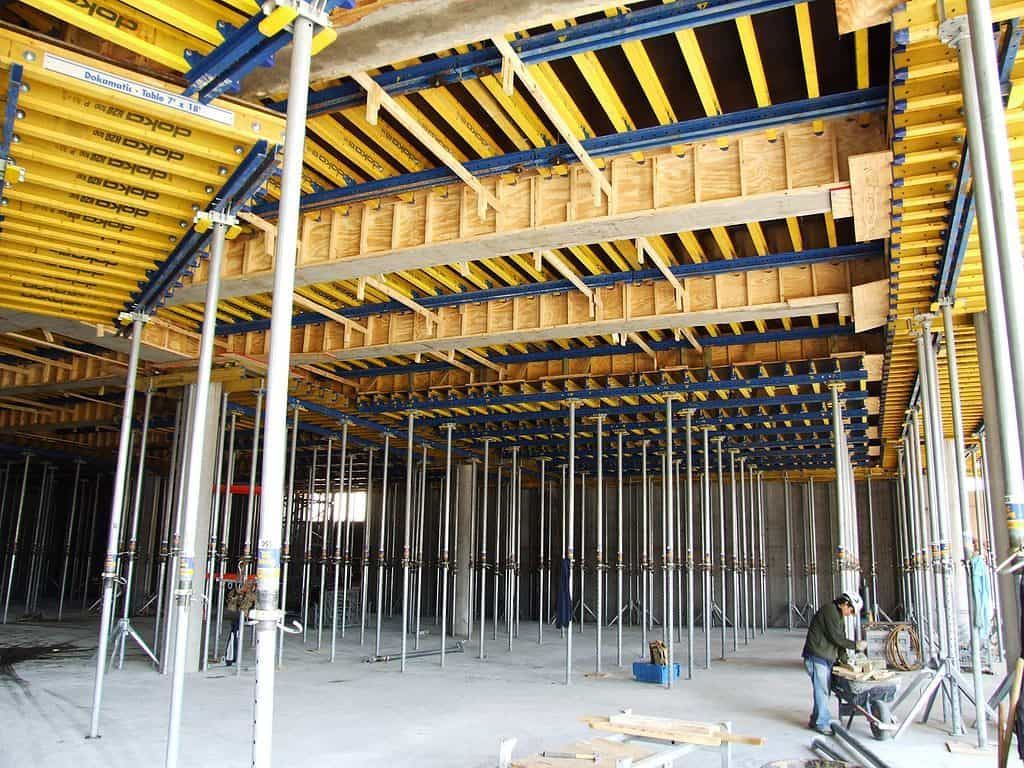
Build The Marvels Architecture With Brilliant Shuttering
The Shuttering’s history can be date back to the Roman Era. The arches, domes, and vaults of that period were supported by shuttering formwork built in the form of the final construction. With the increasing requirements of mass construction, shuttering needs to be efficient, modular, replicable, and fast to the mantle and dismantle. And the obvious way to do that was by making them molds in regular geometrical forms. This way shuttering has been one of the drivers of the modern geometric design aesthetic.
2021-06-10 -
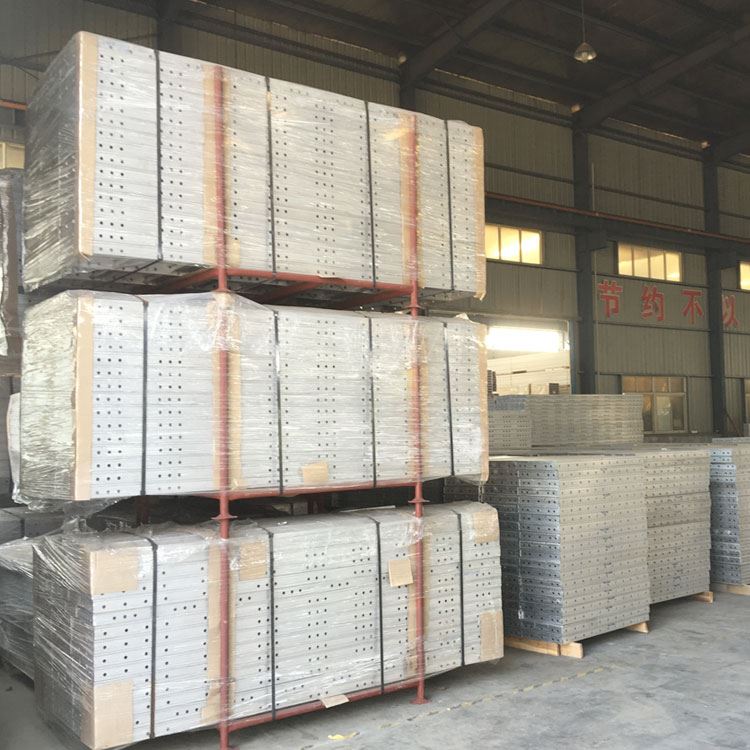
ADTO Formwork Technology Efficiently Helps Construct High-Quality Buildings
Formwork technology is constantly evolving to keep pace with the fast-changing demands of the construction sector. ADTO Formwork is the latest formwork trend in the international construction field.
2021-06-07 -
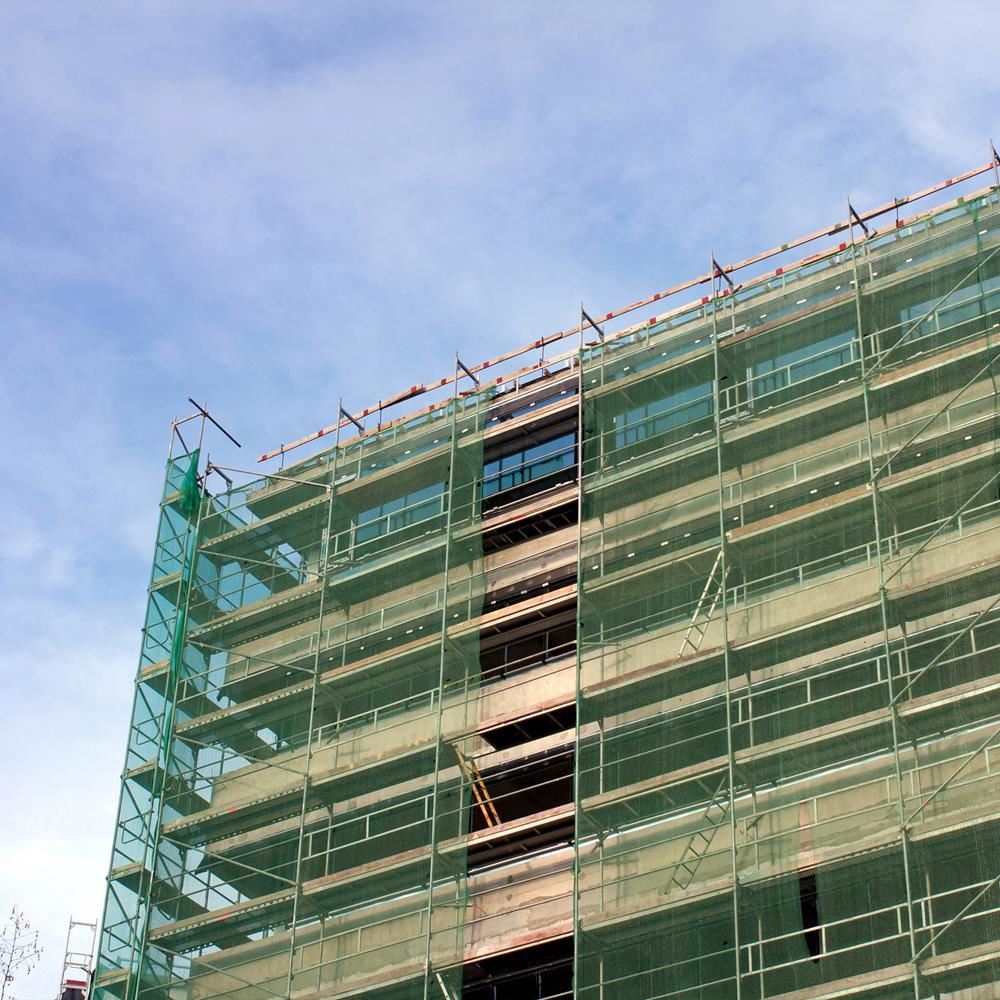
Brilliant Debris Safety Netting From ADTO GROUP
Advanced Debris Defense Netting From ADTO ADTO Debris Defense Netting is your ultimate source of protection from debris that falls from the working scaffolding deck system. This advanced debris safety netting helps protect workers and passersby from errant debris and falling tools that could cause injury and death.
2021-05-31 -
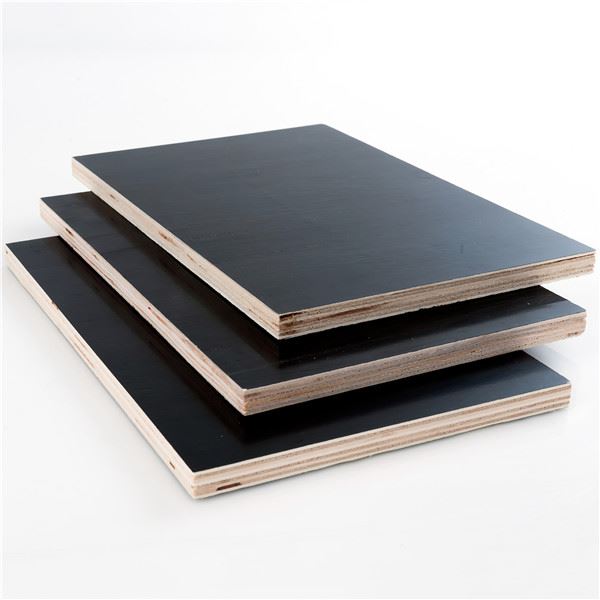
Best Price Film Faced Plywood in China
Film-faced plywood in Siri Lanka is special plywood with two sides coated with a wearable and waterproof film. The film is adhesive impregnated paper, which is different from melamine paper overlay, PVC, MDO (MDO plywood), and HDO (HDO plywood). The function of the film is to protect the inside wood from moisture, water, and all kinds of weather conditions and extend the best price film faced plywood’s service life. Film-faced plywood can be used in the harsh and outside environment: shuttering plywood, formwork plywood, concrete formwork, floorboard, vehicle building.
2021-05-26 -
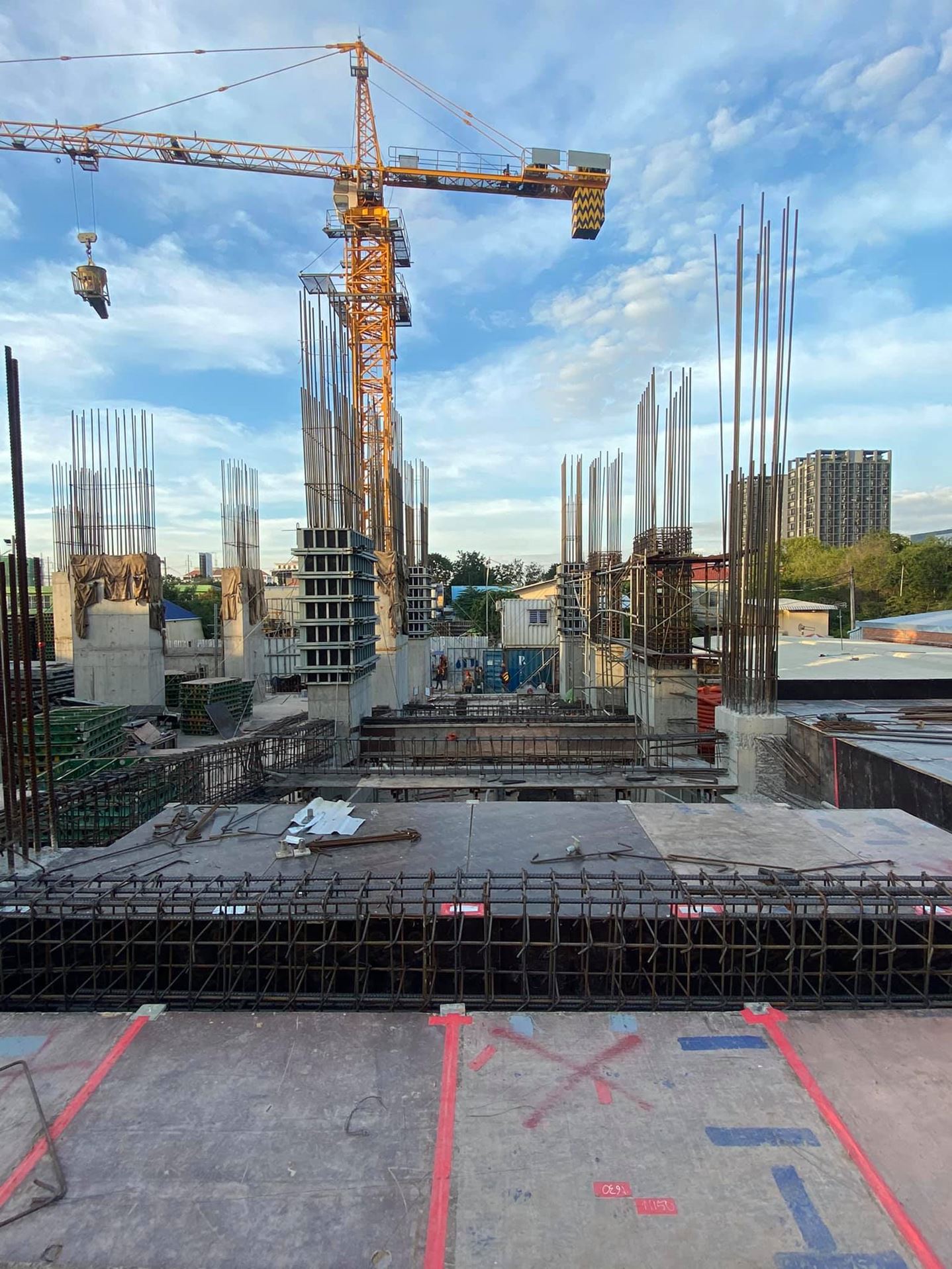
What’s the Advantage of Straight Threaded Rebar Sleeve?
Rebar coupler, also named as rebar connection joint, is a fastening use to connect two rebars. Straight Threaded Rebar Sleeve is one kind of rebar couplers. It has the advantages of high connection strength, stable & reliable connection quality, convenient construction, fast connection speed, environmental protection construction. etc.
2021-05-18 -
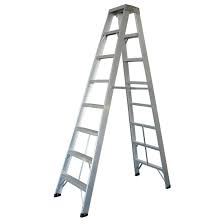
How to Choose? Fiberglass Ladder Or Aluminum Ladder?
There are two most common types of ladders in modern times: fiberglass ladder and aluminum ladder. How to make the choice? Today, let’s have a look at the differences between fiberglass ladders and aluminum ladders.
2021-05-12 -

Difference Between EN39 & BS1139
The most widely used scaffolding steel pipe standard nowadays must be BS1139 and EN39. These two scaffolding standards are not only used for construction, but also be adopt in Oil Gas Industry which include Sinopec Scaffolding Standard, Saudi Aramco Scaffolding Standard, KNPC, KOC Scaffolding Standard. It is also accepted by Shell For Their Onshore and Offshore Projects.
2021-04-23


 Live Chat
Live Chat
